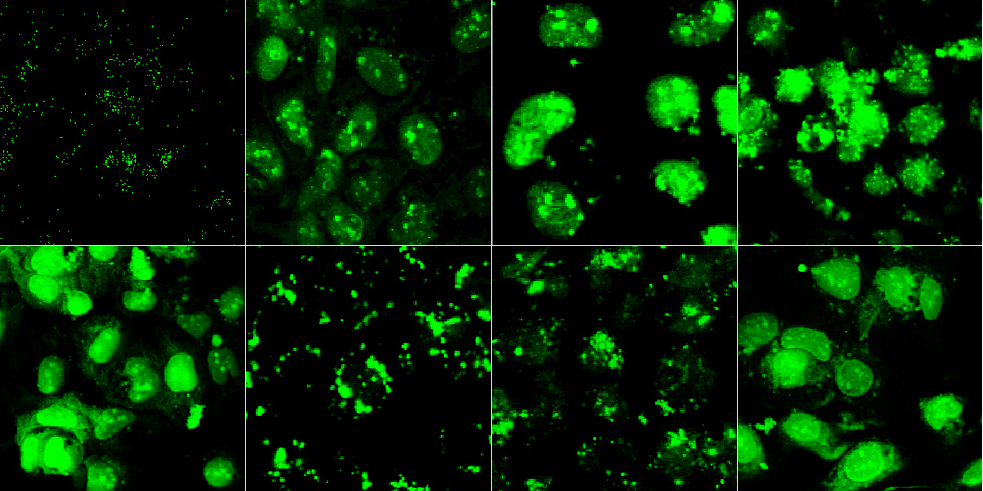Core technology
DLP™ based Antisense technology for gene therapy
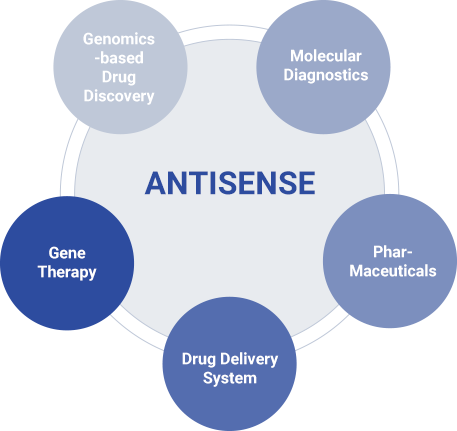
Diogene Antisense Technology
DIOGENE’s DLP-based antisense technology is a technology that more effectively reduces the expression of target genes, and based on these technologies, we are pursuing the development of low-cost new drugs that can effectively inhibit pharyngeal viruses.
To selectively suppress target gene expression in human cells, a short double-stranded RNA called antisense oligonucleotide is introduced into the cell.
The introduced AS ODN inhibits the expression of target genes by decomposing mRNA containing complementary sequences through RNA interference mechanisms in cells.
DIOGENE’s DLP based Antisense technology : Expression control of specific genes
The use of antisense technology leading to DNA, RNA mixing of mRNA for certain genes leads to decomposition in the form of double strands.
Dumbbell structure antisense oligonucleotides can be specifically combined with specific mRNAs using single-stranded DNA or RNA oligonucleotides (16-18 bases), and this technique prevents the protein's unique function from decomposing once mRNA is decomposed.
It also provides a new basis for effectively introducing dumbbell structure oligonucleotides that block DNA roles into the cell genome, along with appropriate promoters to copy dumbbell structure antisenses to specific tissues.
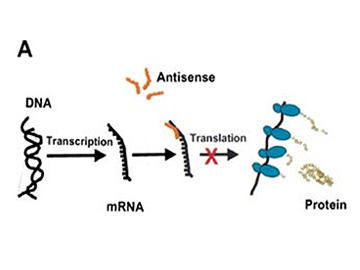
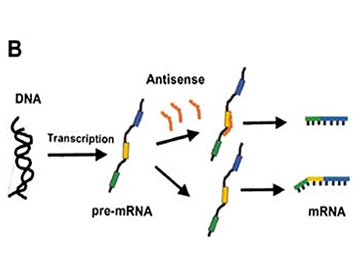
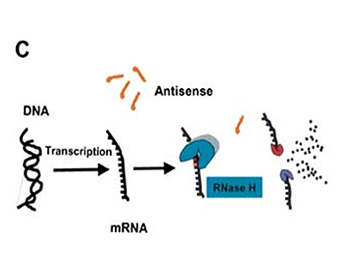
DIOGENE’s DLP based Antisense ODN : Uptake monitoring Ⅰ
Oligonucleotides and liposomes are classified as biotin. Light(A), Control(B)
It is a fluorescent image of CaSki cells treated with specific (C and D) antisenses. The fluorescence of the oligonucleotide / liposome complex is marked green.
Figure 1.
Confocal fluorescence microscopy images of oligonucleotides and liposomes.

DIOGENE’s DLP based Antisense ODN : Uptake monitoring Ⅱ
Oligonucleotide and liposomes are marked with biotin.
Fluorescent images of CaSki cells transfected with Control (1), AS1 (2), AS2 (3), AS3 (4), AS4 (5), AS5 (6), AS6 (7) antisense oligonucleotide are displayed.
Figure 2.
Confocal fluorescence microscopy images of oligonucleotides and liposomes.
